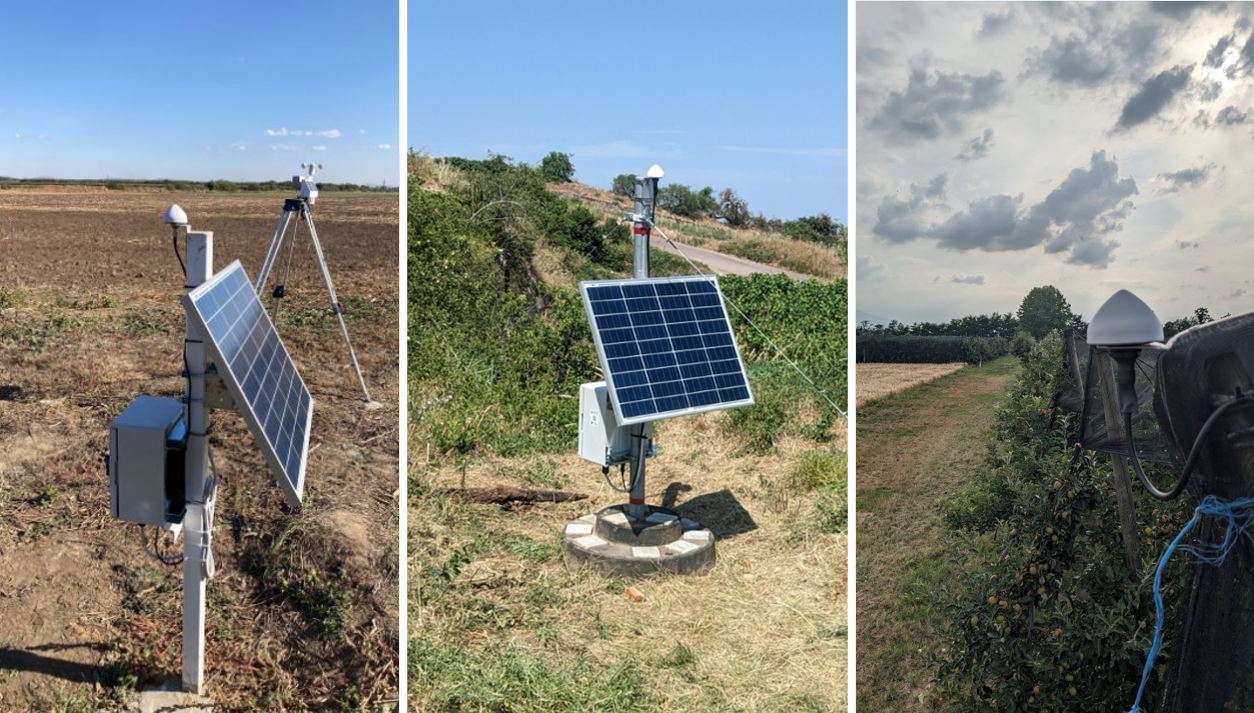
First GNSS reflectometry experiment to retrieve soil moisture from low-cost stations
As part of the activities foreseen by the MAGDA project, GReD has introduced improvements to its proprietary Breva GNSS software. This development brings forth a first version of a powerful module to estimate soil moisture levels leveraging on GNSS reflectometry technique. By analysing Signal-to-Noise Ratio (SNR) of the data collected by both geodetic and low cost GNSS units, it is possible to retrieve the moisture content of the soil’s surface [1].

The first test of the newly implemented Breva module was carried out on the data collected by a GeoGuard low-cost GNSS station located in Africa, belonging to the GNSS station’s network of the Sister Project TEMBO (https://www.magdaproject.eu/sister-projects/). The comparison shows very promising results, confirming the effectiveness of the developed methodology and unlocking a new potential application of GNSS technology beyond the monitoring of 3D positions and atmospheric water vapor.

This first successful application of GNSS technology for soil moisture estimation carried out during the MAGDA project not only confirms its feasibility but also opens to new applications, promising transformative advancements in environmental monitoring and agricultural management.
Author: Stefano Barindelli, Eugenio Realini
References
[1] Gatti, A., Fumagalli, A., Barindelli, S., & Realini, E. (2024). Atmospheric and Soil Moisture Monitoring in Agriculture Using GNSS: First Results from the MAGDA Project(No. EGU24-17705). Copernicus Meetings.List of GReD’s publication. Available at: https://www.g-red.eu/publications/
GNSS, reflectometry, soil moisture, Breva, GeoGuard, IoT, farm


